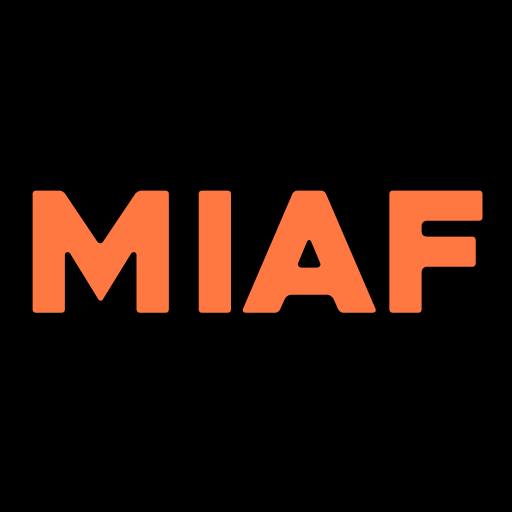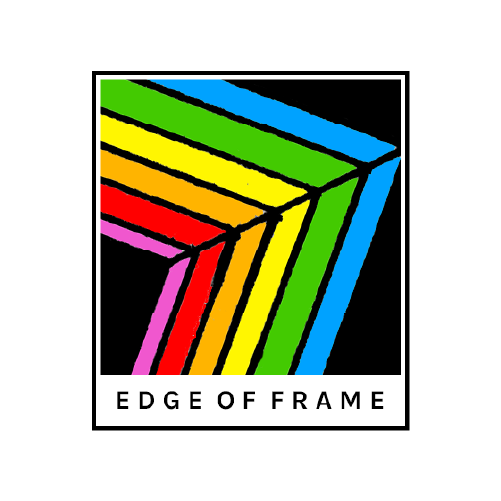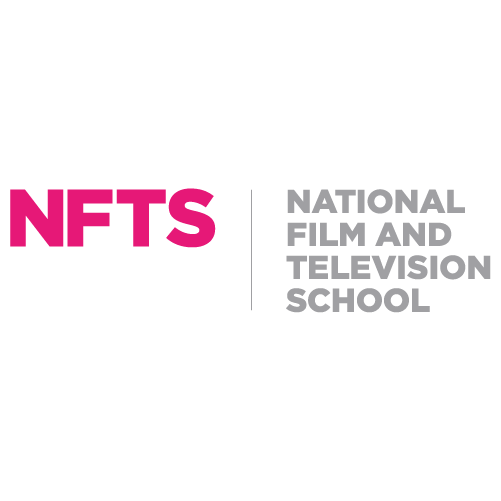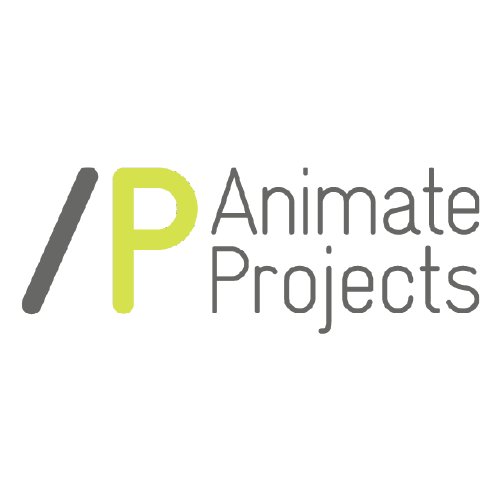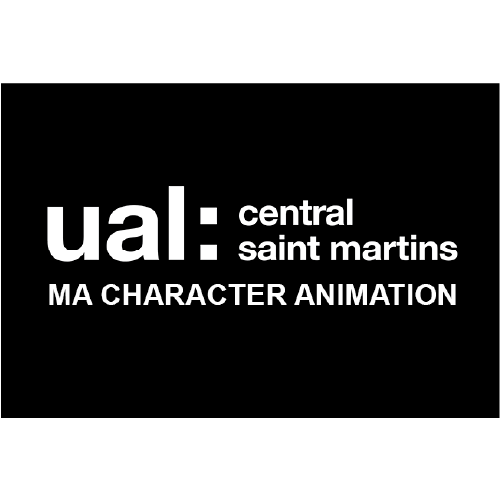As always, there is much brewing away in the cauldron of abstract and experimental animation the world over. No programme gets more curatorial attention (nor more feedback) than this one. LIAF’s commitment to this type of animation is more or less unique among the family of international animation festivals. It is not always the most popular program we screen but championing this kind of work is a special privilege and the passion for it around LIAF HQ is undimmed.
Screens 17:00 Sat 5th Dec. Find out more
Niche it may be, but in so many ways, the tide of abstract and experimental animation that is gently sluiced into our submissions box each year is proof-positive of the health and robustness of animation overall as an artform. In a world in which the vast majority of people reflexively perceive animation to be more or less a platform for either kids blockbusters or uber-violent games, a wander through the roster of this years’ Abstract Showcase reveals an utterly different alternative reality regarding the strength of independent animation’s pulse.
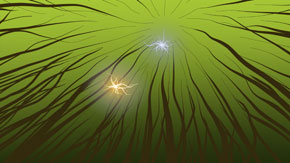
Nowhere is the diversity of techniques employed so pronounced. One film in this years’ line-up (Minotaur by Munro Ferguson) comes out of one of the most sophisticated computer animation labs in the world. At the other end of this mottled spectrum, several of the films have been made without even a camera, the filmmaker simply scratching or painting images directly on to the film stock. Inspirations range from attempts to imagine and present a realistic voyage through the microscopic intricacies of the human brain across the scale to dissertations on what can be teased out of a single, simple line. Similarly the animators rostered into this years’ line-up have rolled out colour palettes that range from the abundantly extraordinary to simple white lines on a black background.
The sheer genetic diversity of the works selected here (let alone the many that were reluctantly left on the shelf) speak volumes for how animation remains a vital medium for some of the most expressive minds chasing the holy grail of depicting some of their most inner, often treacherously beguiling ideas.
Even the cold hard numbers that are part and parcel of the submission process reinforce this notion. Of the 2,500+ entries that rolled in during submissions for LIAF 2016, more than 700 of them were judged eligible for this category. To put that in some sort of context, that is FOUR times more than were judged eligible for the Kids category.
MAX HATTLER Max Hattler gets things rolling in style this year with his recent film A Very Large Increase In The Size, Amount, Or Importance of Something Over A Very Short Period Of Time. His work is indefinable and his career to date suggests an artist who sees many different canvases on which a piece of animation may be projected. We have been screening his films for years but much of his work is not designed for a cinema, with a growing resume filling up with commissions for everything from large outdoor projection projects to multi-screen gallery installations. Last year I asked him if he thought of himself as an animator, a filmmaker or a video artist?
“All of the above”, was the initial response. “And you could add some more: director, artist filmmaker, audiovisual artist, performance artist, sounding visual artist, visualist, experimental filmmaker, visual musician, digital artist, moving image artist, and new media artist. Each definition comes with certain advantages and disadvantages, specific assumptions that might or might not apply fully to my work”.
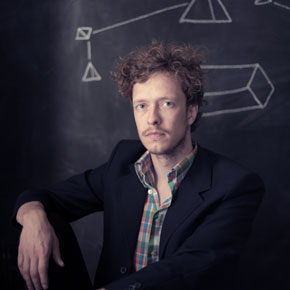
He left (at least) one out. Educator. Despite being one of the most travelled animators around, Hattler is currently based in Hong Kong where he accepted an academic post at a university there.
The National Film Board of Canada (NFB) has been a restless innovator in the field of abstract animation since its very earliest days. Norman McLaren lead the charge for decades, setting benchmark after benchmark, inspiring generations of animators to realise their most complex inner imaginings and driving continual technological development.
The NFB has been particularly innovative in the field of driving development in the 3D stereoscopic space. In conjunction with IMAX, they created a film production system called SANDDE (short for Stereoscopic ANimation Drawing DEvice). It is an utterly amazing technology to behold, allowing artists (and the occasional ham-fisted visiting festival director) to hand draw 3D stereoscopic animation and see the results in full 3D in real time suspended – apparently – in mid-air before their very eyes. It is housed in the NFB’s Stereo Lab unit and heading up that unit is Munro Ferguson.

Ferguson knows this technology better than probably anybody else. He has been instrumental in the development of SANDDE and other 3D stereoscopic animating systems within the NFB. In earlier days, he worked on this with Roman Kroiter, one of the original founders of the IMAX film format, who passed away in 2012. And last year he used it to create an eye-popping tour-de-force called Minotaur. It is a startling work that draws inspiration from a wide variety of sources, including some of the most imaginative shards leftover from an earlier project that ambitiously attempted to use animation to depict journeys through the circuitry of the human brain.
Pluto 3000 is funny! Yes, abstract animation can be funny. Italian filmmakers Enrico Ascoli and Fabio Tonetto set about imagining what it would be like to animate an abstracted, disintegrating depiction of the classic Disney character Pluto the Dog. The soundtrack helps but the visuals are pure gold and could not be a better match for the brief at hand.
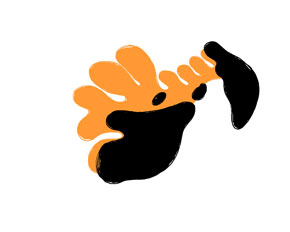
Pluto 3000 was one of a number of films that came to me through an increasingly important connection with an Italian composer, musician and animation distributor by the name of Andrea Martignoni. Self-described as the “official representative of independent Italian animation artists” he seems to have taken it upon himself to ensure as many people as possible are aware of what is being animated in Italy. I have never actually met him and we only missed each other by less than 48 hours at the Animateka Festival in Ljubljana late last year. Not one to miss an opportunity though, he kindly left a collection of new Italian films for me to pick up from the festival office and several of them made it into LIAF this year – including Pluto 3000. Sometimes it is just that easy!
When evaluating animation, the impulse is to begin with the visuals of the film – animation is, after all, a highly visual artform. But turn off the sound and 99.9% of the time, the impact of all that creative visuality dissipates before your very eyes like a steadily deflating balloon. Invariably, the sound works as supporting servant to the visual mastery that is front and centre in the attention span of the audience, even when, in a good number of cases, much of the sound was created first. But what happens when that link is broken? What happens when the sound is as ‘random’ and experimental as any of the imagery being created – and deliberately disjointed from that imagery.
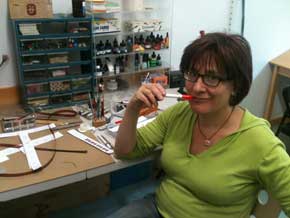
There are a number of animators who journey down this fairly risky path and one of the more referenced is Gina Kamensky. Her film Give Me A Pie is probably more synchronised than a number of her earlier works, but even so much of the pacey imagery dancing across the screen bears little or no real connection to the plethora of spoken sound bites and “found sounds” unrelentingly issuing forth. Kamentsky is a fascinating artist working across a number of different forms. Animating since the age of eight, she is also a kind of ‘mechanical sculptor’, creating toy, machine and device sculptures of incredible intricacy and near bottomless imagination.
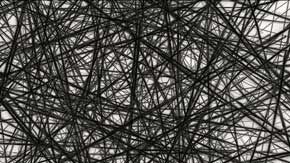
The films of Steven Subotnik are a dependable pleasure to receive year in, year out during our submissions process. Together with partner Amy Kravitz, Subotnick has mentored, taught and guided a generation of young American animators through the course at the Rhode Island School of Design (RISD) on the US east coast. Subotnik seldom plans his films to any great degree, but starts with a single, often fairly simple idea, and begins animating it, confident in the knowledge that the animation process itself will shape and develop that look and feel of the finished film.
His film Line is a perfect example of this. It starts out a simple, straight horizontal line, albeit one that seems to be gently twitching with a repressed energy waiting to be released. Subotnik gently nudges this line into first a graceful and simple ballet before a kind of cathartic, geometric detonation is released which is just as quickly brought to heal for a shimmering, complex though restrained curtain call. It’s a subtle kind of genius at work here, but underpinning it is a confidence in the technique of letting the animation proceed on the loosest of reins to lead the way through the creative process.
Sabrina Schmidt’s brand new film Abstract Iterations II is one of the most beautiful films in the festival. Nothing short of a visual feast, it channels the best painterly qualities of McLaren and Lye, turning these into something of a joyous essay on the process of frame-by-frame animation, utilising up to 40 different images on the screen at once to remind us how the magic of simulated movement (animation) is delivered. This is one of the films that pleads for (and amply rewards) multiple screenings. And it inspired an equally beautiful book made up entirely of images extracted from the film.

Last year, we received an astounding – even epic – piece of work from Australian animator Dirk de Bruyn called The Death Of Place. It was as good as any direct-to-film style animation we had ever seen but at over 20 minutes long, it was just too hard to find a home for it within the confines of the cinema programs. Such can be the frustrations of running an event like LIAF. This year de Bruyn sent us East Meets West. At under five minutes and every bit as good as The Death Of Place, it sailed straight into the line-up.
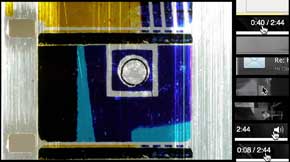
Originally born in Holland he has lived and worked for the majority of his life in Melbourne, Australia with a three year Canadian sojourn in the early 1990s. In a filmmaking career spanning the best part of 40 years, he seems to have produced more than 50 films, innumerable live performances, and goodness knows how many articles, essays, conference presentations and curatorial gigs and for many years was a driving force behind setting up a number of institutions that sought to create screening opportunities for abstract and experimental animation.
Although last year saw the celebration of the 100th anniversary of the birth of Norman McLaren, there has been a continuing residue of events, papers and films that remained circulating in the wake of all the celebrations of this milestone. It seemed fitting to close this Abstract Showcase with one of the best films that was directly inspired by a desire to make a statement about all that McLaren bequeathed to us down here in the lowly land of auteur creative animation.
Delphine Burrus’ Ten Anagrams For Norman McLaren takes a bountifully playful approach to playing with McLaren’s work and seemed like a fun way to end the programme.
Delphine Burrus’ Ten Anagrams For Norman McLaren
It plays word games with the titles of some of McLaren’s most famous films and juxtaposes that against some (un)serious liberties being taken with imagery from those same works. It seems like a reasonably safe bet that McLaren (a passionate early adaptor or so many technologies and trends) would have been at the forefront of sampling as a source for creative output. But by most accounts, he was not famous for his sense of humour so would he have seen the fun side of this dissection of his work?
Who knows. These are things we will never know, and don’t need to.
Malcolm Turner, MIAF Director




